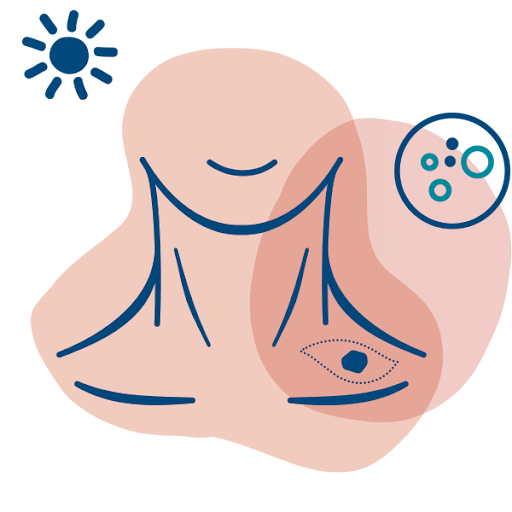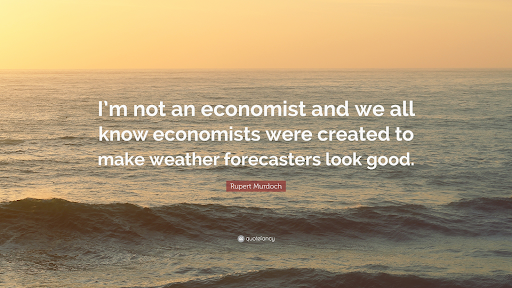Everyone’s New Best Friend
May 14, 2023
Last cycle, an article titled “ChatGPT or Human?” was published. It featured two sections: one written by me and the other by ChatGPT, without disclosing who wrote what section. For those who were curious, I wrote the first section, while ChatGPT wrote the oth3er. Were you able to correctly guess the author of each section?
This experiment poses many questions and challenges to the real world. How are chatbots hurting education? What jobs can be replaced by chatbots? What will the world look like in the future as AI becomes more and more advanced?
Almost immediately after the release of ChatGPT, students came to realize the vast benefits it could provide. From debugging coding problems to answering math problems to writing English prompts in an instant, it became clear that ChatGPT could pose a huge hindrance on learning and lead to greater plagiarism. With an increased reliance on chatbots, students don’t build critical thinking and problem-solving skills. However, new tools like GPTZero have been made to combat plagiarism. Created by Edward Tian, a Princeton senior, the app, though not entirely foolproof, is capable of detecting whether something was written by ChatGPT by analyzing the complexity and sentence structure. [1]. OpenAI, the developer of ChatGPT, has also taken efforts to establish a “watermark” writing style that can help users identify its writing. Personally, I even saw it while conducting my experiment. The writing is very informative, filled with uniform long sentences, and can be read like a textbook. Additionally, school districts, including the NYC education department, have banned access to the chatbot on their networks, although this does little to limit access since students can easily access it outside of school or use VPNs. With the inability to truly limit its access, educators are seeking ways to use it as a valuable tool in the classroom. For example, students can focus on the writing process by evaluating and revising ChatGPT’s response to a prompt. [2]. Additionally, it’s important to recognize that ChatGPT and other chatbots are not always correct. It is crucial that students learn how to recognize these errors to become more responsible users.
Beyond the classroom, ChatGPT raised a greater concern for the future of the workforce. Many experts argue that AI will impact every job on the market to some degree, but not necessarily replacing them. Many tasks that are repetitive, such as drafting standard legal documents, can use ChatGPT to streamline and speed up the process even more. Additionally, ChatGPT has a comprehensive ability to code and debug errors in any language. Some believe that available coding jobs may see a decrease in numbers, but can never truly be replaced since ChatGPT only produces code based on pre-existing ones and lacks innovation. [3].
Similarly to the education field, companies are starting to find ways to use AI and ChatGPT as a valuable technical tool. In the banking industry, AI and machine learning has been used to improve fraud detection, build faster software, and offer personalized financial products. Drug development has used it to analyze a vast amount of data points including companies like Johnson & Johnson when they were developing their Covid-19 vaccine. Although remaining cautious of potential errors, AI is also frequently utilized by health care workers in hospitals and medical care. Similar to ChatGPT writing essays for students, it can aid in the first draft of content creation and writing that can speed up a writer’s process [4]. As AI advances the workforce in different ways, it is important to adapt with it.
To match the changing landscape, immense safeguarding needs to be implemented to address the ethical concerns of AI. AI has the potential to greatly benefit society, but it’s a double edged sword that has the potential to be utilized for malicious purposes. Furthermore, it’s important to recognize that bias is inevitable and can reinforce discrimination in the real world. A lot of it stems from the data that these machines learn with. They can have their own biases by how it’s gathered, especially user-generated data that can reflect the natural prejudices humans hold. There is no way to truly get rid of these biases, which is why individuals must learn to recognize them [5].
As ChatGPT and AI carve a new future, it’s up to you to let them become a hindrance to your own development or become a valuable tool.
Sources:
[1]https://www.npr.org/2023/01/09/1147549845/gptzero-ai-chatgpt-edward-tian-plagiarism
[4]https://www.washingtonpost.com/technology/interactive/2023/ai-jobs-workplace/





